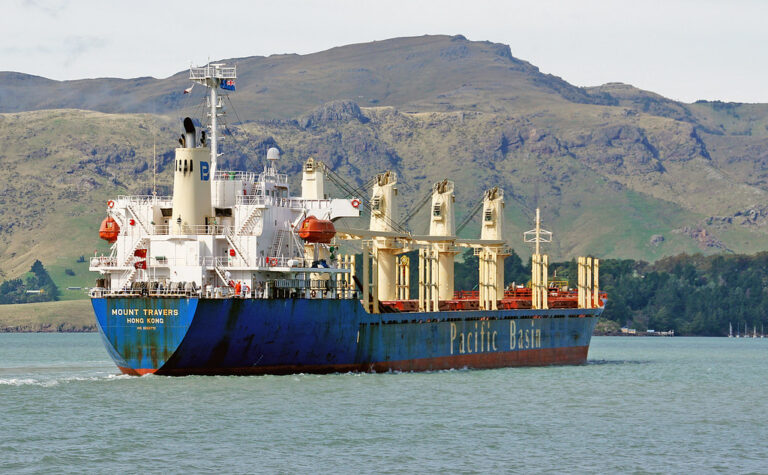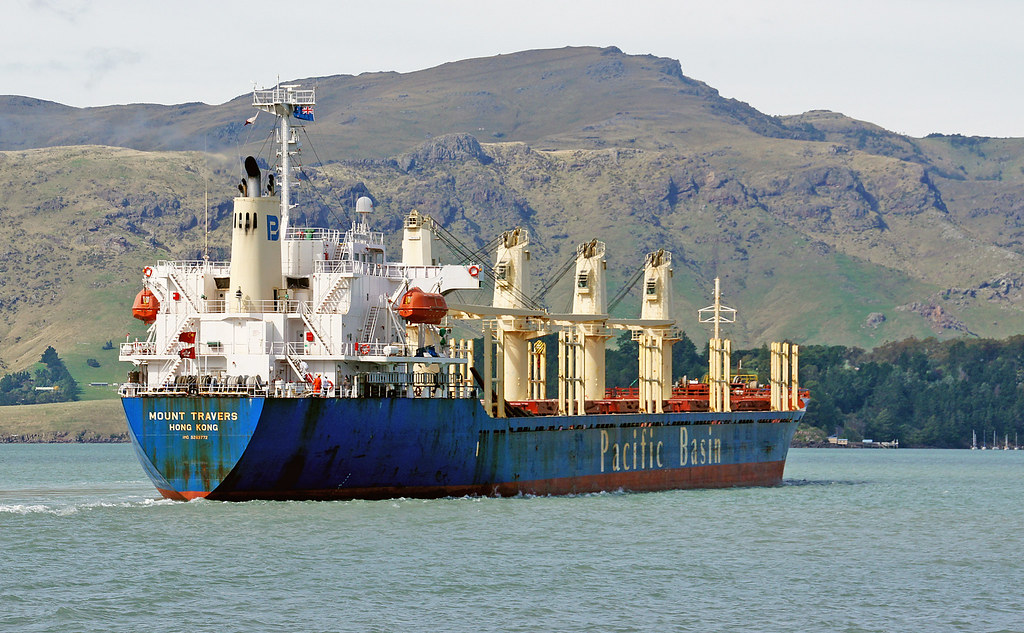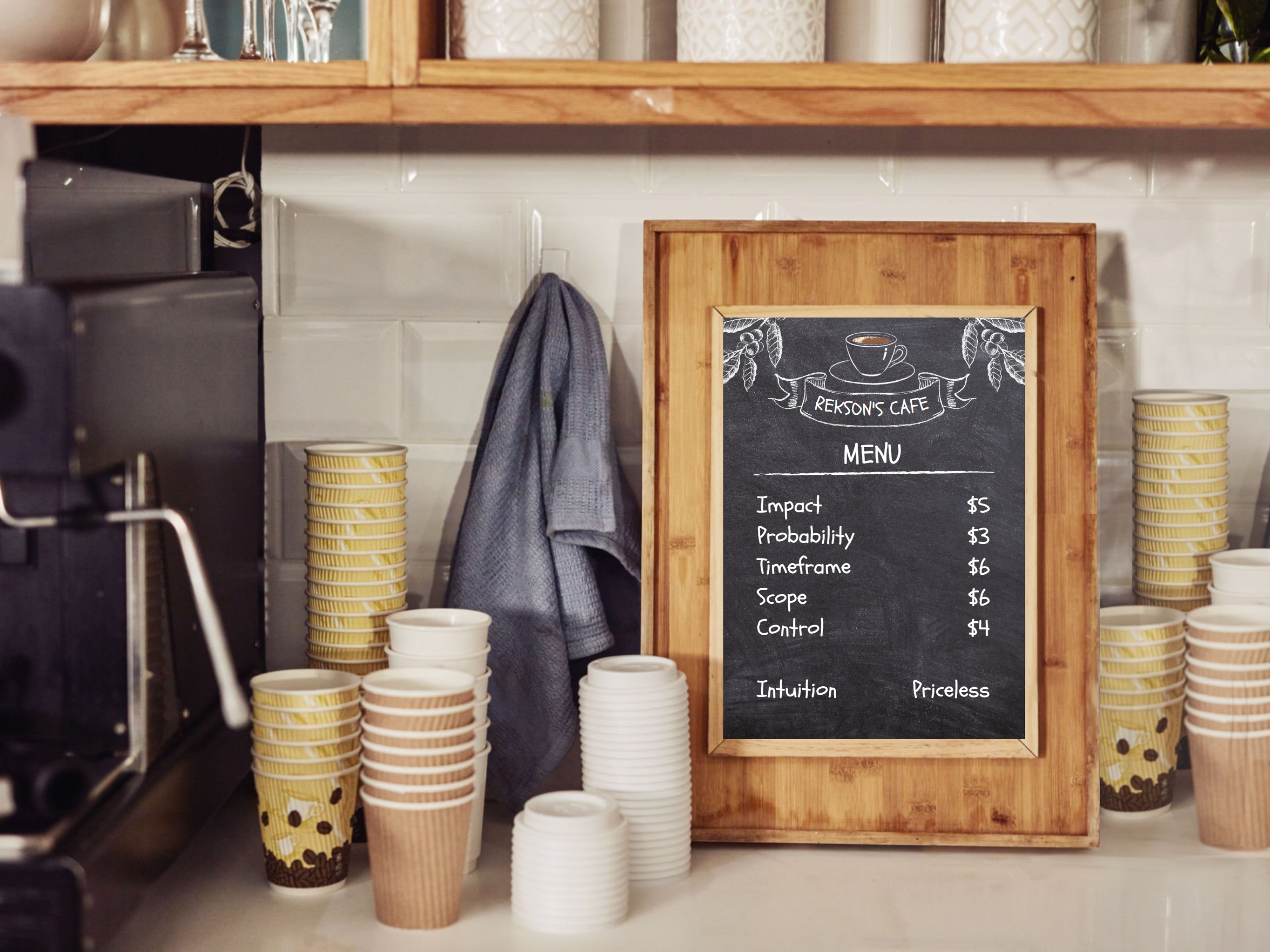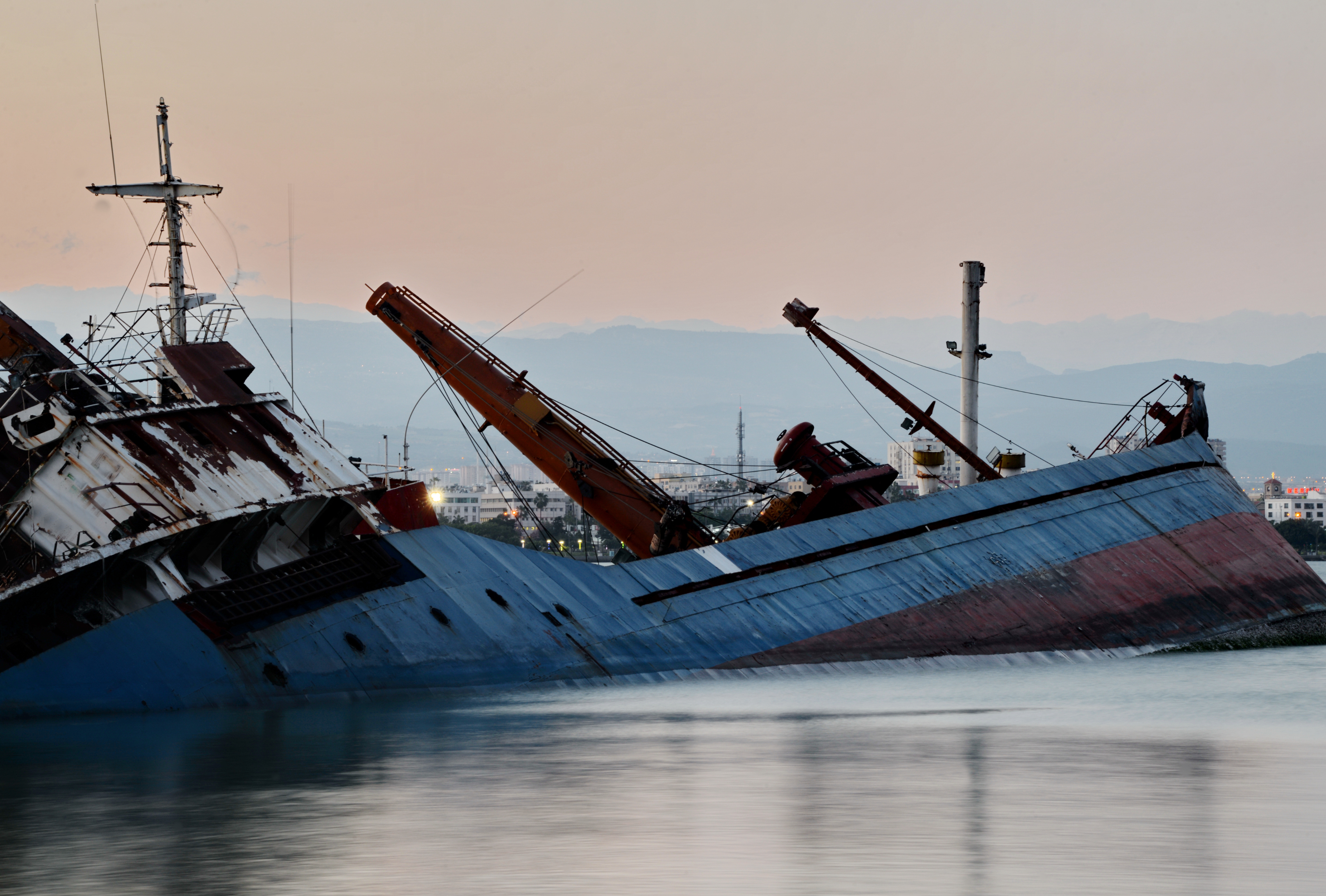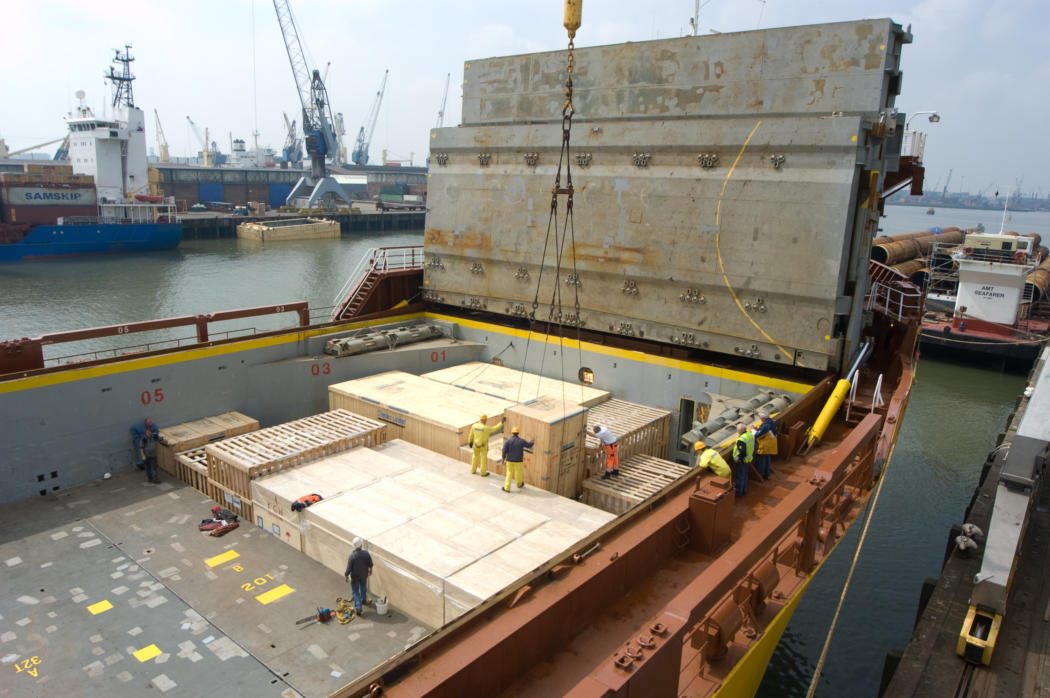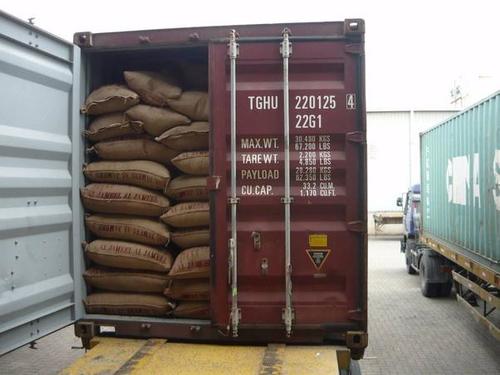I never imagined some thirty plus years ago when I was processing insurance declarations as a green Broker’s Assistant, making careful note to distinguish when a CIF certificate actually received the “containerized” discount over the break bulk mode on the marine insurance rate, that I would once again be reviewing the concept with cotton merchants.
Back in those days it was regular bulk sailings from Brazil to Venezuela, Benin to Brazil, Paraguay to Portugal, Greece to the Far East, China to Bangladesh, Latvia and Russia to anywhere!
Often vessels were solid, well built, and in the regular bulk trade. But just as often they were not! It seemed like any vessel that could float (and that term was loosely used) could be hired to move cotton. I remember old Russian fishing vessels “repurposed” with the fall of the Soviet Union to capture more lucrative international trade.
The world was awash with capacity and commodities – including cotton – were eager to oblige.
As could be expected, heavy losses ensued. Vessels sunk, turtled, or simply ruined cargo in holds due to faulty loss control systems, decrepit combings and hatch covers, and general rust and neglect. Not only was cargo in peril, but seafarers were also working in horribly dangerous conditions.
Scrutiny of the intended vessels was a must; but, older on-board equipment wasn’t always as dependable as reported.
Finally, the marine industry had no choice but to push back. Led by the IMO and the SOLAS Convention (Safety of Life at Sea), new regulations and standards started to see worldwide implementation in the late ‘90s and early ‘00s. New training and safety certificates became mandatory for ships to enter ports. Marine insurers also had enough. Extreme insurance surcharges by both P&I and cargo insurers were levied on older vessels to discourage their use and push the trade to newer, compliant ships.
The economies of scale and freight value for break bulk started to disappear. More importantly, the now ubiquitous container sealed break bulk’s fate. The containerized trade greatly improved the speed, logistics, cost, and doorstep delivery to overseas mills. Break bulk was rendered obsolete.
In the twenty years since, new supply chains were honed with great precision and efficiency. To be sure there still were challenges, but on the whole, bales continued to move in numbers under ever shrinking budgets and traffic departments.
Then came the pandemic. The compounding cargo snarl post-Covid has left commodity shippers with exorbitant additional freight costs when and if containers can be found at all. Horror stories abound from every origin on how and when cotton will be exported.
Resourceful merchants who must meet contractual commitments were forced into looking at other options. Initially cotton shippers trying to catch any available vessels looked into costly re-positioning near ports where empty containers might be more easily coaxed into carrying cotton.
Naturally, break bulk shipments look to be an ideal solution, ready to come out of retirement to carry the load.
Break bulk shipments today can be very efficient especially since the majority of the global cotton exports are now destined to a more concentrated number of spinning countries.
There are however significant hurdles to overcome.
First, and depending on the size of the shipment, a proper consolidation / staging warehouse in the port must be reserved along with a sufficient number of drayage vehicles to move the cotton to vessel in a timely manner. It is equally important for that warehouse to be vetted for cleanliness and firefighting systems. It is recommended that warehouse labor is familiarized with cotton characteristics to avoid country damage to the bales during the move or worse – burning it up altogether.
Next, the shipper must find a suitable vessel. The shipper should work closely with its cotton insurers to make sure the vessel is insurable. The vessel should be of newer build and have all the relevant operational certificates by internationally recognized authorities. Additionally, it should be contracted with a solvent P&I (Protection & Indemnity) Club as well as a valid IMO number – which can be easily checked to ensure it is not black listed. There are numerous services which can provide this updated info.
Ultimately a cargo certificate of insurance will be issued covering the full value of the shipment. Since break bulk shipments tend to be significantly larger than the usual containerized shipment, a check for sufficient conveyance limits under the ocean cargo policy should be undertaken – especially as cotton prices continue to hover at unusual highs.
Then, the vessel should be surveyed to ensure that it is suitable to carry cotton. A specially designated surveyor – at the port of loading, solely representing the shipper – can make an independent inspection of the condition of the vessel and its loss control systems. They should also be present at loading to detail the quality and quantity of the bales being loaded.
This survey is invaluable and helps to clearly delineate where any ultimate damage might have been caused.
The shipper will need to closely analyze the charter party agreement which will determine the services of the ship in exchange for freight. The GENCON is the most standard such agreement and contains basic conditions and customizations to indicate which party will undertake the various tasks involved.
Specialist cotton insurers can assist with Charterers Legal Liability coverage to protect the specific legal responsibilities that the shipper contracts in respects to the vessel owner, stevedores, and other cargo interests.
Lack of attention to any of these items could result in delays which could very quickly compile hefty demurrage charges and erode any freight benefits.
Finally, the shipper will need to closely coordinate the same availability and vetting of services at the discharge port. It is imperative when any problems or damages are noted upon discharge that an independent surveyor (preferably one with a good working knowledge of vessel) is immediately called in to determine the extent of damage and note any deficiencies or problems found. As soon as that vessel leaves port, many of the remedies available sail away.
Break bulk shipments of cotton can be a welcome return and a great relief for today’s shipping problems. Cotton insurers are prepared to do their part and are willing to provide the needed capacity. However, unlike in year’s past, an updated approach with solid risk control underpinnings and knowledgeable insurers are a must for a successful venture!

